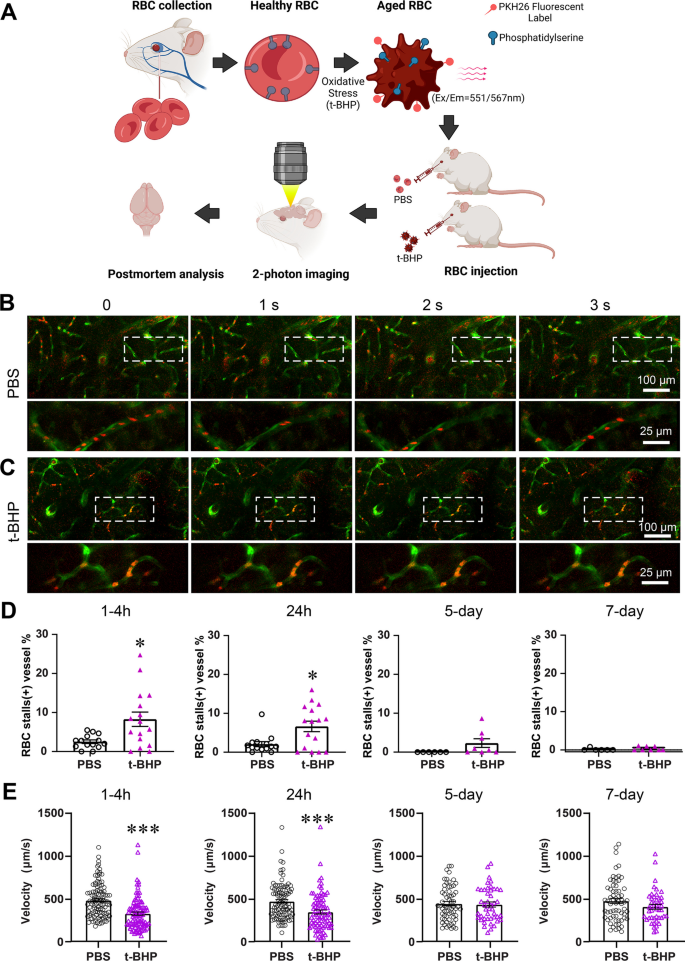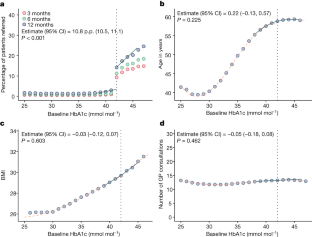2023-11-20 カリフォルニア工科大学(Caltech)
◆新たな発見では、嫌悪感を制御する別の神経回路が存在し、これにより高濃度の塩を受け入れることが可能になります。この神経の活動はプロスタグランジンE2(PGE2)によって調整され、塩の摂取と炎症の相互関係に新しい理解をもたらす可能性があります。
<関連情報>
- https://www.caltech.edu/about/news/newly-discovered-brain-circuit-controls-an-aversion-to-salty-tastes
- https://www.cell.com/cell/fulltext/S0092-8674(23)01171-6
ナトリウム消費と味覚の価を制御する並列神経経路 Parallel neural pathways control sodium consumption and taste valence
Yameng Zhang,Allan-Hermann Pool,Tongtong Wang,Lu Liu,Elin Kang,Bei Zhang,Liang Ding,Kirsten Frieda,Richard Palmiter,Yuki Ok
Cell Published:November 20, 2023
DOI:https://doi.org/10.1016/j.cell.2023.10.020
Highlights
•Sodium depletion increases appetite and tolerance toward salt
•Hindbrain and forebrain neural pathways regulate salt appetite and tolerance
•Specific neurons in the forebrain lamina terminalis encode aversive salt tolerance
•Prostaglandin E2 and its receptor, Ptger3, regulate salt tolerance and consumption
Summary
The hedonic value of salt fundamentally changes depending on the internal state. High concentrations of salt induce innate aversion under sated states, whereas such aversive stimuli transform into appetitive ones under sodium depletion. Neural mechanisms underlying this state-dependent salt valence switch are poorly understood. Using transcriptomics state-to-cell-type mapping and neural manipulations, we show that positive and negative valences of salt are controlled by anatomically distinct neural circuits in the mammalian brain. The hindbrain interoceptive circuit regulates sodium-specific appetitive drive , whereas behavioral tolerance of aversive salts is encoded by a dedicated class of neurons in the forebrain lamina terminalis (LT) expressing prostaglandin E2 (PGE2) receptor, Ptger3. We show that these LT neurons regulate salt tolerance by selectively modulating aversive taste sensitivity, partly through a PGE2-Ptger3 axis. These results reveal the bimodal regulation of appetitive and tolerance signals toward salt, which together dictate the amount of sodium consumption under different internal states.
Graphical abstract



